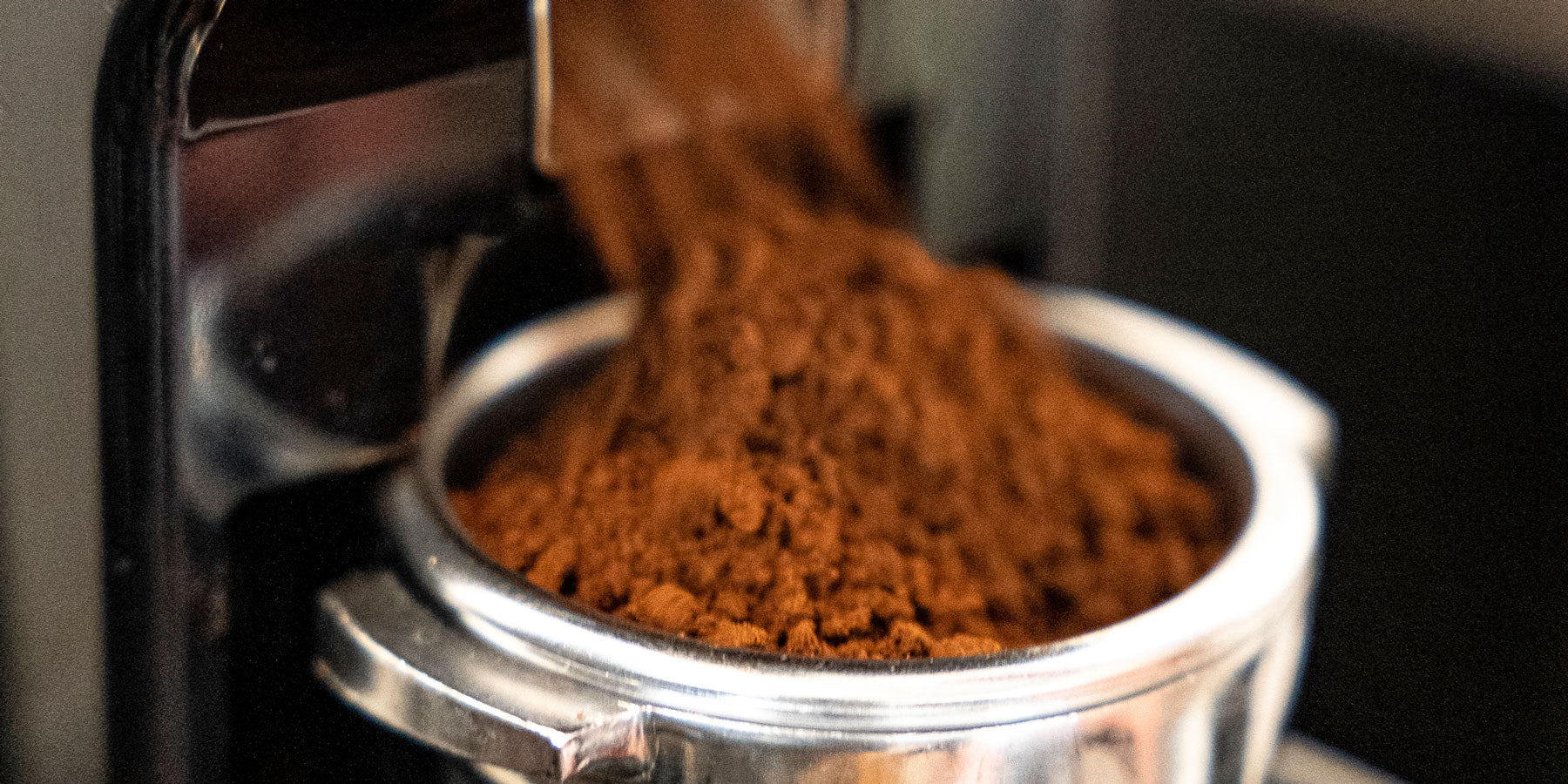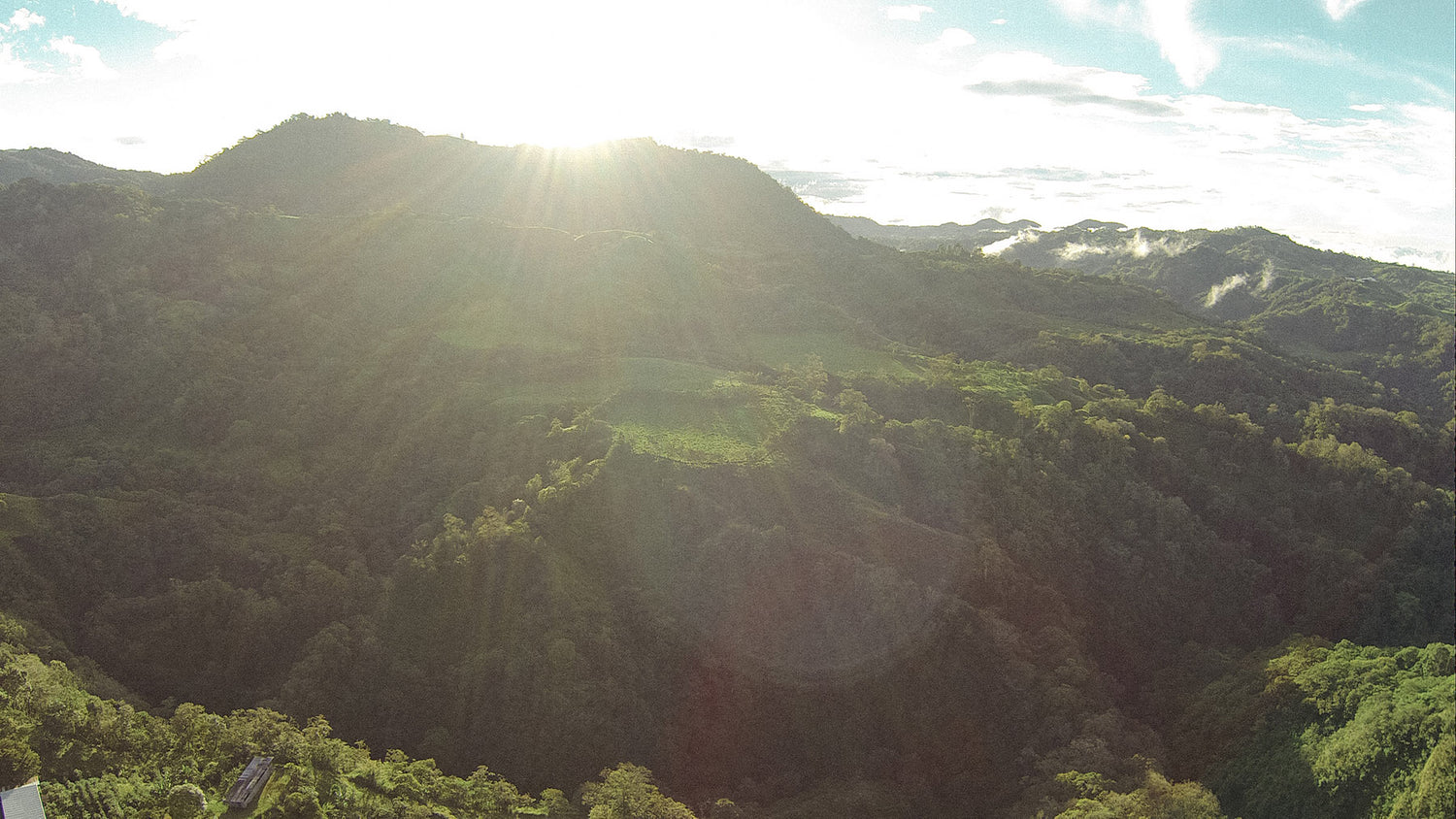Espresso is probably the best-known preparation in the world. This classic Italian coffee is available in almost every restaurant and is very popular. Whether after a long meal together , or simply as a quick energy boost in between meals. Because the drink is so small, it can be drunk quickly and provides a short break from stressful everyday life. For many coffee fans, especially in big cities, going to a coffee bar and enjoying a coffee is just part of everyday life. I also really enjoy doing that. In this blog article, I would like to tell you how espresso came about and what exactly is behind this classic. By the way, you can find our fine espresso roasts here in our online shop ! Elias Fischbacher from the Wildkaffee Rösterei hopes you enjoy reading!
Where does it come from?
Actually, everyone should know that espresso comes from Italy , because like cappuccino or latte macchiato, it represents the Italian way of life. To be more precise, however, it comes from beautiful Milan. An Italian mechanic named Luigi Bezzera took up Angelo Moriondo 's idea of a steam-powered coffee machine. Angelo Moriondo was the first to patent the espresso machine.
Since his idea never made a big breakthrough, Luigi Bezzera set himself the goal of improving and optimizing this machine concept . His optimizations then increased throughput and thus made the machine more economical. Finally , in 1901, Bezerra registered his own innovation of the machine as a patent, which was then granted to him in 1902. But the final breakthrough came from someone else: Desiderio Pavoni! He bought the patent from Bezzera that same year and worked with Luigi on a series production, which Bezzera completely neglected. Around 1904, Pavoni took over the "Bezerra" company and began to market the espresso machine as "Ideale". At the World Exhibition in Milan, the coffee prepared using this method was called espresso for the first time. From then on, the triumph of the now world-famous drink began.

Espresso - locomotives & coffee?
Let's come back to the inventions of Angelo Moriondo and Luigi Bezzera . Because we also want to go into the naming again! The reference to the steam locomotive, which was a popular means of transport at the time, is interesting. Because as already mentioned above, the first espressos were also prepared with steam . Bezzera derived the name from the express trains that were powered by steam. In English, these trains were already called "express" back then and that became espresso. Just as we know it today!
Even today, it is often referred to as an expresso, which is somewhat frowned upon in the coffee world. In fact, in some language areas, espresso is spelled with an X, for example in Spain, South America, Portugal and also in Romania.
Bean, roast & grind
Let's get to the right beans! Espresso can be made from 100% Arabica beans or contain a portion of Robusta. Robusta is responsible for the crema, which is often mistakenly seen as a sign of quality. Robusta beans are less aromatic than Arabica and simply provide more body and make it easier to form a crema. Our espressos are available with a portion of Robusta, like our Wilderer, as well as aromatic 100% Arabica espressos, like the House Espresso , the Wild Sau or the Bergsonne .
A decisive factor for the typical short coffee is of course the roasting. The beans are typically roasted dark. Why? Because the beans lose the acids that are noticeable in the taste. The pressure that is created during preparation dissolves the acids very quickly, which means that with lighter roasts the coffee is acidic. However, light espressos are becoming more and more popular. The fruity notes are simply exciting and provide a completely different enjoyment! Fruity light roasts in particular are an interesting alternative to dark roasts .
Of course, the degree of grinding also plays an important role. The most significant factor for aromatic espresso is probably preparing it with freshly ground beans. The coffee is ground very finely. Coffee grinders are usually factory-set to a grain size of around 0.3 - 0.4 millimeters . If you don't have a grinder, you can of course use ground coffee, but you should use it quickly, otherwise it will lose its fine aroma. You can find out more about storing coffee beans here .

Other preparation methods also possible
It is traditionally prepared in a portafilter. But other preparation methods can also produce exciting results. Of course, there are differences in taste. The stovetop pot, which was invented by Alfonso Bialetti in 1933 , can still be found in many households around the world. This variant is known as mocha and is also popular with campers. Nutty espressos can also be prepared with an AeroPress . These taste very different from the classic variant, which is what makes them special.
Fully automatic machines are popular in German households, offices and restaurants and can prepare pretty much anything at the touch of a button. If this machine is set up correctly, it can also prepare aromatic espresso.
By the way! There is a myth that a small cup of coffee contains significantly more caffeine than, for example, filter coffee. That is not true. A simple espresso contains between 25 - 30 mg of caffeine , the same amount as a cup of filter coffee. The only difference is the compression. Of course , 100 ml of espresso contains more caffeine than 100 ml of filter coffee.
Variations - There are no limits
This coffee speciality has now been around for over 100 years . During this time, many variations have been developed. From espresso tonic, to martini, to macchiato – there are simply no limits to the different recipes.
There are different variations in all the different countries. However, the Germans tend to go for the classics and rely on the original recipes that they know from Italy, such as the Espresso Macchiato!

Conclusion - The espresso, a timeless classic
Bezzera and Pavoni probably couldn't have imagined that espresso would become so popular. Today, espresso is an indispensable part of life and has established itself as a trademark of Italian coffee culture. Its intense taste, the ease of drinking it and the wide range of products on offer underline this fact.
The many different recipes and variations ensure that this classic does not die out, as it is now the basis for almost every coffee mix drink.


